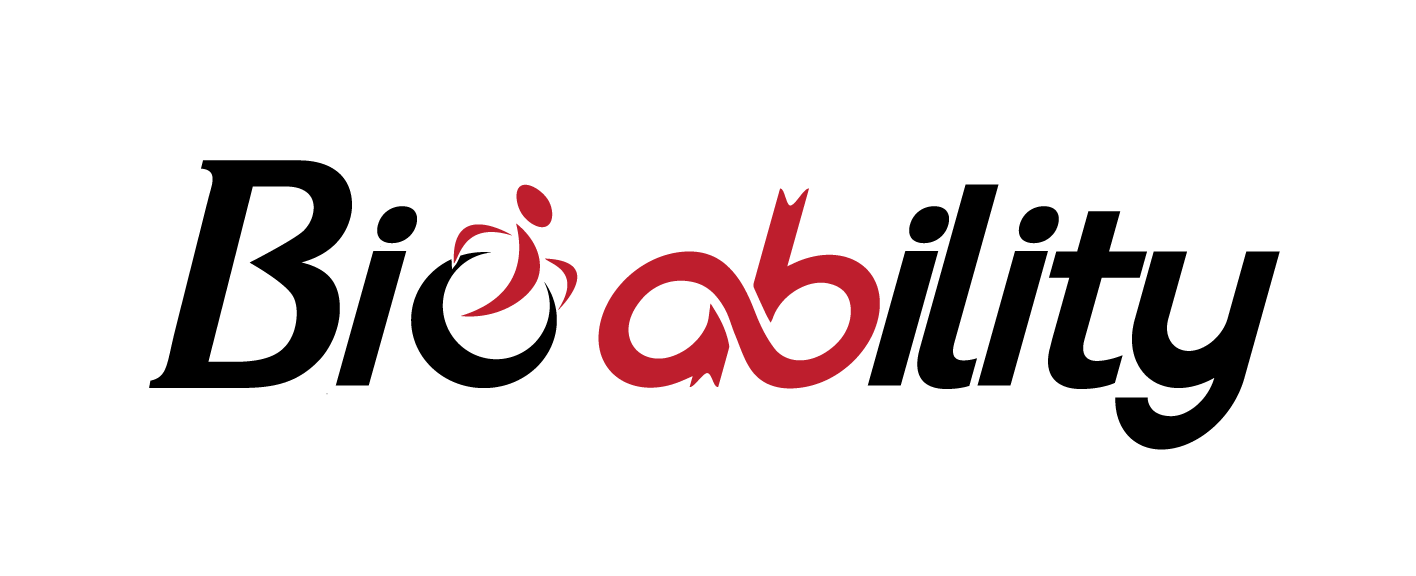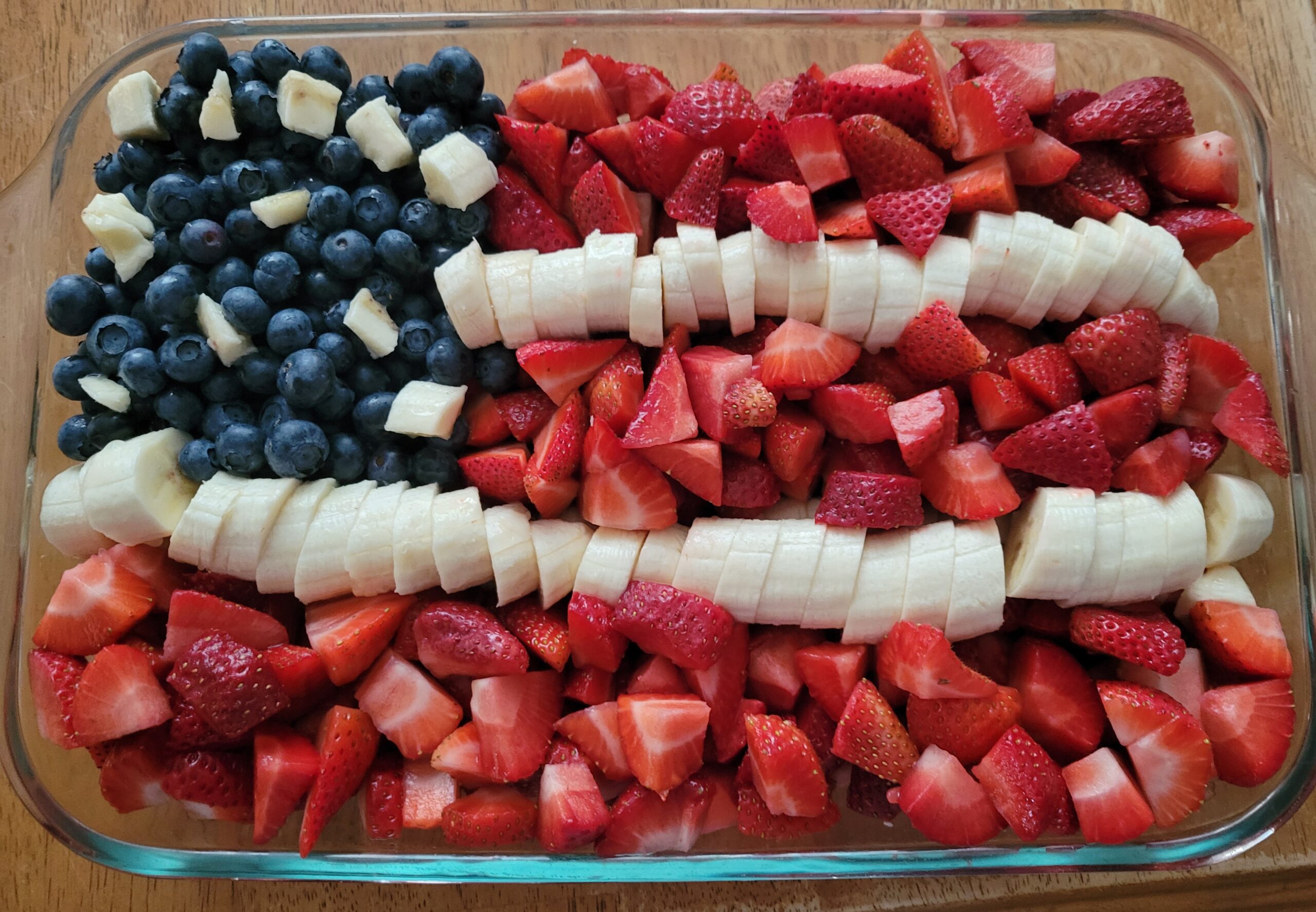July 1, 2023
The Ability Connection
Issue #10
July is Arthritis Awareness Month
July is Juvenile Arthritis Awareness Month. This is an opportunity to learn about Juvenile Idiopathic Arthritis (JIA) and share resources and information with your patients’ families and community members. According to the National Institutes of Health (NIH), JIA is an autoimmune disorder, which means that the body’s immune system—which normally helps to fight off bacteria or viruses—mistakenly attacks some of its own healthy cells and tissues. It causes pain, swelling, stiffness, and loss of motion.
According to the Centers for Disease Control (CDC), symptoms may come and go over time. There may be times when symptoms get worse, known as flares, and times when symptoms get better, known as remission. Signs and symptoms include:
- Joint pain
- Swelling
- Fever
- Stiffness
- Stiffness
- Rash
- Fatigue (tiredness)
- Loss of appetite
- Inflammation of the eye
- Difficulty with daily living activities such as walking, dressing, and playing
Although there is no cure, some children with arthritis achieve permanent remission, which means the disease is no longer active. Staying physically active helps children with JA improve overall function. Exercise improves muscle strength, endurance, balance and, ultimately, confidence. Exercise is a safe and important part of therapy. If your child has juvenile arthritis and you need support with increasing physical activity, Bio Ability can help. Reach out to see what classes or one on one services we have to offer.
National Disability Independence Day
Thirty-three years ago on July 26, 1990, the Americans with Disabilities Act (ADA) was signed into law. This historic civil rights law protects the rights of people with disabilities. National Disability Independence Day, celebrated annually on July 26, commemorates passage of this law.
This has been a significant chapter in U.S. history and the ongoing struggle for disability rights. The American disability movement began in earnest in the 1960s with grassroots efforts to resist the centuries-old notion that its members were defective and lacking and needed to be segregated from civic life. Inspired by the manifestos of the broader civil rights struggles of the time, the movement rejected these cruel and paternalistic attitudes and advocated instead for full access to opportunities in employment, education, and public life.
Gradually, efforts to enact legislative and policy changes to better support the needs of people with disabilities were rewarded. A significant shift in public policy occurred with the passage of Section 504 of the Rehabilitation Act of 1973, which prohibited recipients of federal funds from discriminating against people with disabilities. In addition, Section 508 of the Act, later updated in 1998, included standards advising that federal information distributed electronically also be accessible to those with disabilities. This important section was updated again in 2017 to clarify and expand its coverage regarding digital accessibility, among other improvements.
The ADA, first introduced in 1988, was designed to build on the progress of the Rehabilitation Act. The goal was to expand the rights of the disability community in a single law by ensuring their freedom from employment discrimination and access to all levels of government, public establishments, transportation, and communication. Congress passed the bill in 1990 with strong majorities in both legislative bodies: 327-28 in the U.S. House of Representatives and a 91-6 vote in the U.S. Senate. And, in a moving ceremony on the South Lawn of the White House, on July 26, President George H.W. Bush signed it into law.
There is still work to do to increase accessibility for support and services for this population and we at Bio Ability plan to be an integral part of this change and solution. As we grow, we will expand our services not just within our facility but into the community and beyond. Let us know how we can support your exercise, rehabilitation, and recreational needs.
What’s happening?
Summer Camps
Summer camps continue this month. If you are not already registered, call now to reserve your spot. Camp is open to our special needs community and siblings. Weekly themed camps will be offered July 10-14, 17-21, 24-28. Campers will enjoy 5 days of fun including structured games, arts and crafts, introduction to adaptive sports and fitness and structured play.
There are morning (9-Noon) and afternoon (1-4) sessions that run weeklong from Monday through Friday. If you are interested in enrolling a family member in summer camps, please contact Bio Ability at 470.560.3981 as soon as possible.
Fall Offerings
Fall Classes will be available for adaptive fitness, Autism Fitness and adaptive sports including gymnastics and others depending on interest. Look for the needs and interest survey on our website and make sure you let us know what you would like to see offered.
After School Program will begin in fall. If you are interested in this service, please contact us now to enroll so we can prepare for our staffing needs.
Exercise of the Month: Water Exercises
Hydrotherapy is the best form of exercise for people suffering from arthritis due to less stress on joints and muscles. Exercising in a warm pool has an added advantage of soothing inflammation and sore joints. Hydrotherapy for JIA can be like that for adults with arthritis with modification to personally suit the individual’s condition and severity.
Here’s a link to help get started with water aerobics for arthritis: Water Exercise for Arthritis – Bing video
Be sure to discuss with your doctor before starting any new exercises or exercise program.
Recipe of the Month: American Flag Fruit Salad
Ingredients
- Red fruits – Wash and dry strawberries, raspberries or red grapes or some combination.

- White fruit – peel and cut a banana. Reserve some banana slices to make in the shape of stars.
- Blue fruit- wash and dry blueberries
Directions
- Use a rectangular shaped dish to assemble the fruit salad.
- Place the dish in front of you long way left to right.
- In the upper left corner of the rectangular dish, place a square cup or dish if you have one. If not, you will have to get creative and create a small square divider to put the blueberries in.
- Starting at the top, make a stripe with red fruit, then the sliced bananas, alternating the red and white fruit as the flag stripes.
- Reserve some sliced bananas to make in the shape of stars to place on top of the blueberries.
Nutrition Information
Serving Size 1 cup: Calories 140, Fat 1g, Carbs36, Protein 1 g

